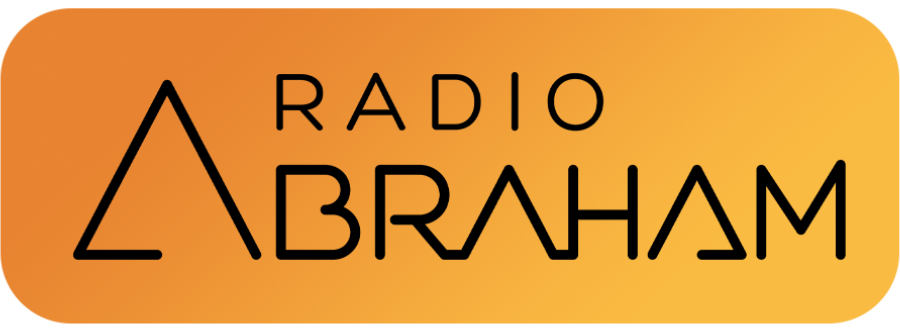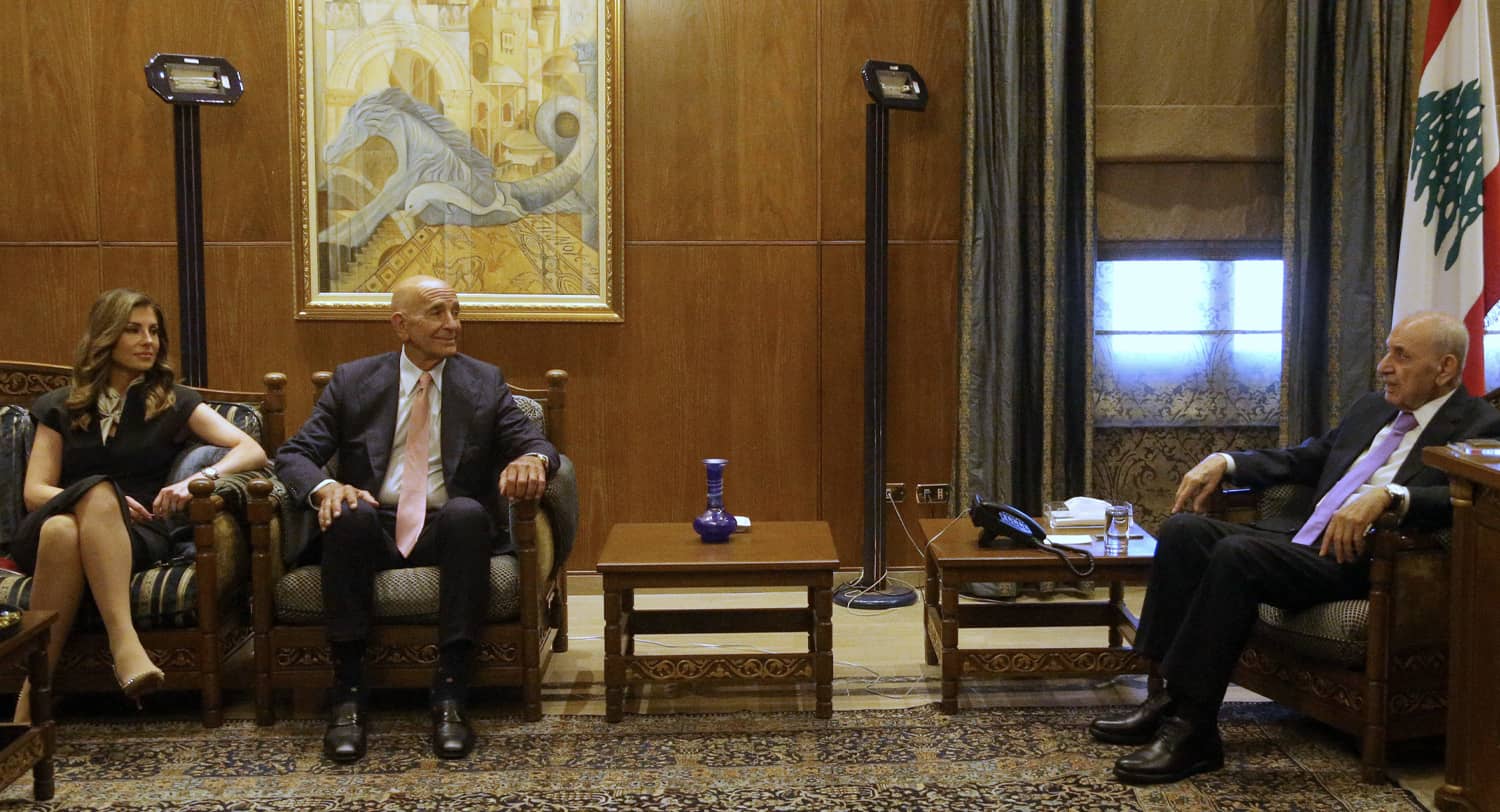Among Lebanese Shi’ites there is a widespread perception that their community must not return to the era of persecution and oppression that lasted hundreds of years under the Ottoman Turks and continued under the French Mandate and modern Lebanese state (until the founding of the first Shi’ite political movement, Amal, in 1975 followed by Hizbullah in 1982). Though they have long constituted the largest community in Lebanon (with estimates of up to 40 percent of the country), Shi’ites were at the bottom of the social, economic, and political ladder.
Today, the harsh scenes of sectarian violence in Syria reinforce the Lebanese Shi’ites’ perceived need to maintain an armed force to protect their community. Hizbullah also portrays itself as the defender of the Lebanese nation against Israeli military incursions. Hizbullah views its weapons as an existential need and will continue to reject pressures to disarm.
A comprehensive strategic plan must be formulated, with the participation of the Lebanese state, US and Israel, in order to undermine Hizbullah’s deep influence within the Shi’ite community in Lebanon, an influence achieved through extensive Iranian patronage for over four decades.
Hizbullah’s Current Crisis
Hizbullah faces a deepening crisis since the November 27, 2024 ceasefire between Lebanon and Israel. Militarily, Israel continues to target Hizbullah operatives, including Radwan Force commandos, and to destroy military infrastructure, focusing especially on missile production bases. According to the Alma Research Center, Israel has killed 136 Hizbullah operatives between the November 2024 ceasefire and August 2025.
Economically, the United States is expanding sanctions against Hizbullah’s financial network, at a critical time when the organization needs funds to rebuild its damaged social base. Under pressure from the Trump administration, Lebanon’s central bank has prohibited financial institutions in Lebanon from dealing with Al-Qard Al-Hassan, Hizbullah’s quasi-bank.
Politically, Lebanese leaders are publicly declaring the need to disarm Hizbullah. On March 21, Prime Minister Nawaf Salam declared, “The army, people, resistance equation [a Hizbullah slogan] has become a thing of the past,” and he demanded that the state hold sole control over weapons. On August 13, during the visit to Beirut of Iran’s National Security Advisor Ali Larijani, Lebanese leaders made blunt statements to him opposing Tehran’s interference in Lebanon’s debate over Hizbullah’s disarmament.
The United States has conditioned comprehensive economic aid to Lebanon on Hizbullah’s disarmament. Recently, the Lebanese government attempted to negotiate with the Trump administration a condition whereby Hizbullah’s disarmament would occur only after an Israeli withdrawal from the last five Israeli positions inside southern Lebanon. This move appeared designed to convince Hizbullah that its weapons were no longer necessary; however, the Trump administration rejected the proposal. When Iran’s ambassador in Beirut, Mojtaba Amani, claimed that the calls to disarm Hizbullah were part of an American conspiracy, the Lebanese foreign ministry issued a public reprimand of him in April 2025.
Hizbullah’s Continuing Popularity Among Shi’ites
A survey by the Arab Barometer project, published in July 2024, found that 15 percent of the Shiite community in Lebanon expressed distrust or limited trust in Hizbullah, while 85 percent expressed strong confidence in the organization. The survey, conducted before Hasan Nasrallah’s assassination, aligns with a Washington Institute of Near Eastern Policy survey in Lebanon in late 2023, which found that 89 percent of Shi’ites held a positive opinion of Hizbullah.
In the Lebanese municipal elections of May 2025, Hizbullah candidates won in Shi’ite-majority districts (in southern Lebanon, Baalbek, and Beirut) in alliance with the Shi’ite political party Amal, thereby passing the first political test since the demise of Hasan Nasrallah in 2024. The results reflect Hizbullah’s continuing popularity among Lebanese Shi’ites, whether out of ideological motives or economic dependence or both.
To challenge Hezbollah’s vast political and social network among Lebanese Shi’ites, under Iranian auspices, the Lebanese state should consider, with international support, establishing a competing structure to rival Hizbullah’s broad institutional network, to include medical, educational, financial, humanitarian and other services that would, over time, reduce the Shi’ite community’s economic dependence on Hizbullah. Among the possible donors to such an effort could be individuals in the large Lebanese diaspora in Europe and the Americas, as well as countries like France and the US.
Conclusion
Hizbullah’s armed militia forces are a core concern that dominates Lebanon’s political landscape and lies at the center of US policy toward the country. Alongside the American and Lebanese pressures to disarm Hizbullah, significant economic investment is required; the Lebanese government should take the lead role in organizing such an effort with international support. The goal of three parties – Israel, the US and Lebanon – should be to work on parallel tracks to undermine Hizbullah’s standing among its social base and thereby weaken its political influence in the Shi’ite community.



